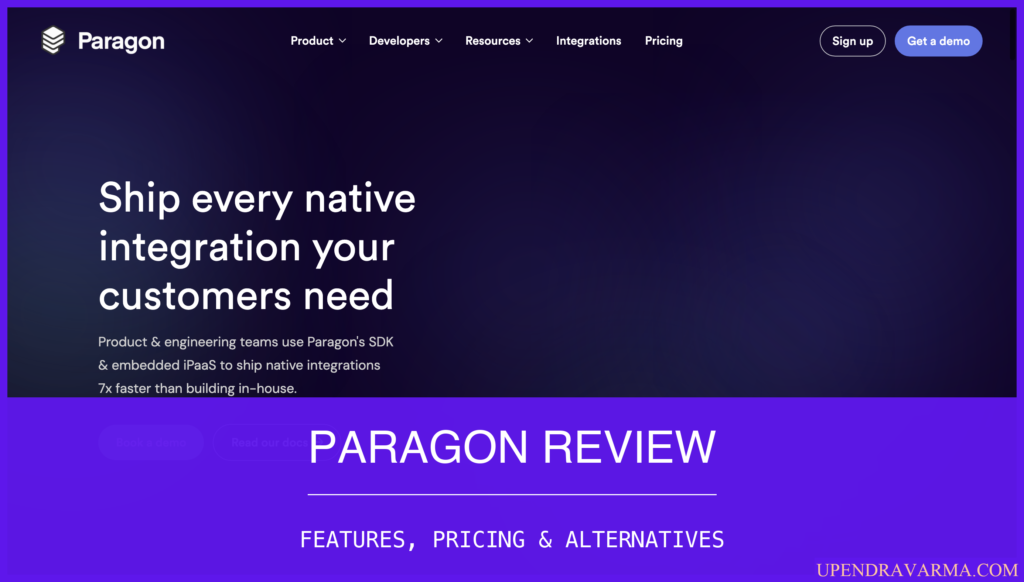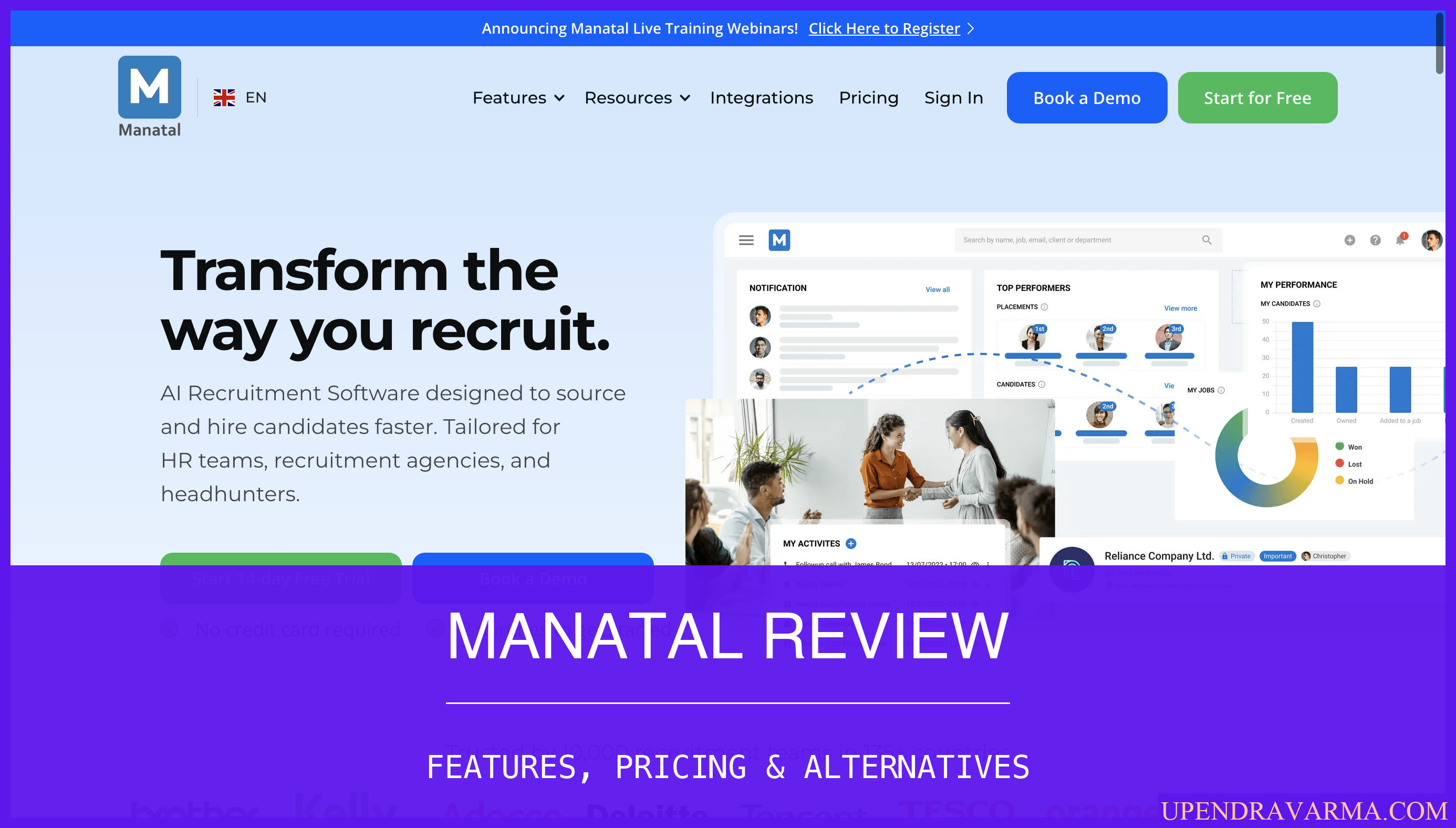Hey there, fellow tech enthusiasts! Today, I want to dive deep into a B2B SaaS product that has been making waves in the integration space – Paragon. If you're tired of dealing with the never-ending challenges of maintaining native integrations, then this review is for you. So, let's jump right in and explore what Paragon has to offer!
Paragon Review: What is Paragon
Paragon is a powerful software product that aims to simplify the process of integrating third-party APIs into your own application. It takes care of the nitty-gritty details like managing authentication for all your users and staying on top of breaking changes in every API. With Paragon, you can offload the authentication process for every integration and focus on building the functionality your customers need.
Paragon Review: How can it be used?
Paragon can be used in a variety of ways to streamline your integration strategy. Whether you're a product manager looking to provide a native product experience or an engineer tired of maintaining multiple integrations, Paragon has got you covered.
With Paragon, you can offload authentication for every integration, saving you time and effort. You can also build any functionality your customers need, thanks to the flexibility of the platform. And the best part? Paragon provides a native product experience, so you can seamlessly integrate it into your existing workflow.
Paragon Review: Who is it for?
Paragon is a versatile tool that can be used by various user profiles and industries. Whether you're a startup looking to find product-market fit without being bottlenecked by integration requirements or an enterprise wanting to scale your integration strategy, Paragon is here to help.
Here's a quick breakdown of the user profiles that can benefit from Paragon:
- Product Managers: Easily provide native integrations to your customers without the hassle of building and maintaining them from scratch.
- Engineers: Offload the burden of authentication and stay on top of breaking changes in third-party APIs.
- Sales Teams: Close deals faster with the ability to offer a wide range of integrations to your customers.
Paragon Features
Now that we have a good understanding of what Paragon is and who it's for, let's take a closer look at its features. Paragon offers a wide range of capabilities to simplify and streamline your integration process. Here are some key features:
- Offload Authentication: Paragon takes care of authentication for every integration, saving you time and effort.
- Build Custom Functionality: With Paragon, you can build any functionality your customers need, thanks to its flexible platform.
- Native Product Experience: Paragon provides a seamless and native product experience, ensuring smooth integration with your existing workflow.
- Streamlined Support: Paragon's support team is incredibly responsive and knowledgeable, making integration support a breeze.
Paragon Plans
Paragon offers different plans to cater to your specific needs. If you're interested in learning more about the pricing details, I've written a more in-depth review about Paragon's pricing on my blog. You can find it paragon pricing.

Paragon Alternatives
If you're considering Paragon but want to explore other options as well, here are a few alternatives worth checking out:
- Zapier: Zapier is a popular automation tool that allows you to connect and automate workflows between different apps and services. It supports a wide range of integrations and offers a user-friendly interface for creating and managing automated tasks.
- Integromat: Integromat is another powerful automation platform that enables you to connect various apps and services and automate complex workflows. It provides a visual editor for designing automation scenarios and offers advanced features like data transformation and filtering.
- Tray.io: Tray.io is an integration and automation platform that allows you to connect and automate processes across different systems and data sources. It offers a low-code development environment, making it easy to build and deploy custom integrations and workflows.
These alternatives provide similar functionalities to Paragon but may have different strengths and capabilities. It's recommended to explore each option further to determine which one best suits your integration needs.
Each of these alternatives has its own unique features and strengths, so be sure to do your research and choose the one that best fits your needs.
Paragon Review: Pros & Cons
Like any product, Paragon has its pros and cons. Let's take a look at a few:
Pros:
- Saves time and effort by offloading authentication for every integration.
- Provides a native product experience, ensuring seamless integration with your existing workflow.
- Streamlines support, thanks to Paragon's responsive and knowledgeable team.
Cons:
- Pricing may be a concern for some, depending on your specific needs and budget.
Conclusion
In conclusion, Paragon is a powerful tool that can simplify and streamline your integration strategy. With its wide range of features and seamless product experience, it's no wonder why many product and engineering leaders choose Paragon to help them ship native integrations faster and more efficiently.
If you're interested in learning more about Paragon and other saas blog. There, you'll find more in-depth reviews and helpful resources to guide you on your tech journey.
So, what are you waiting for? Give Paragon a try and see how it can revolutionize your integration process. Happy integrating!










